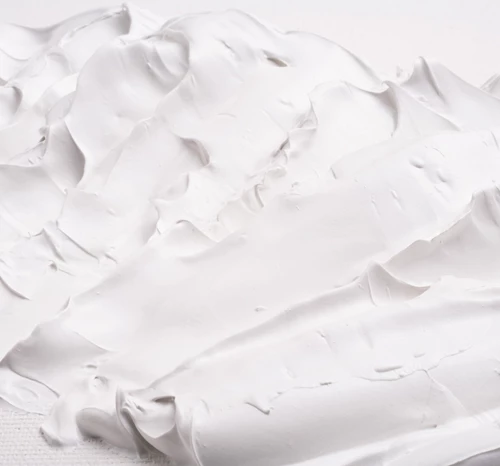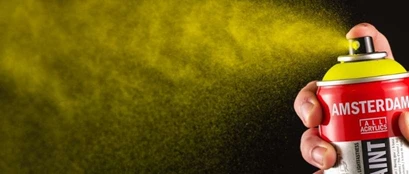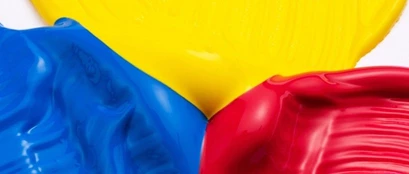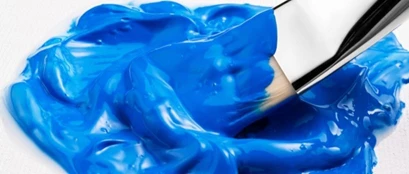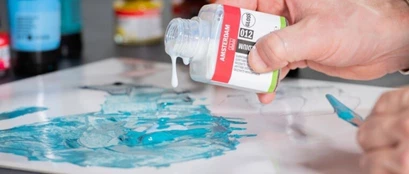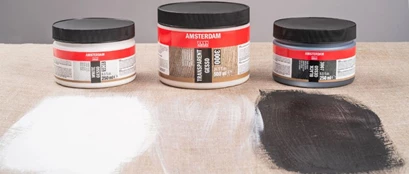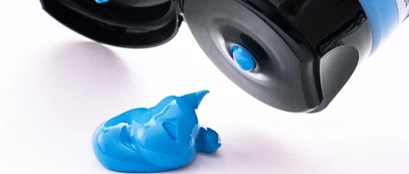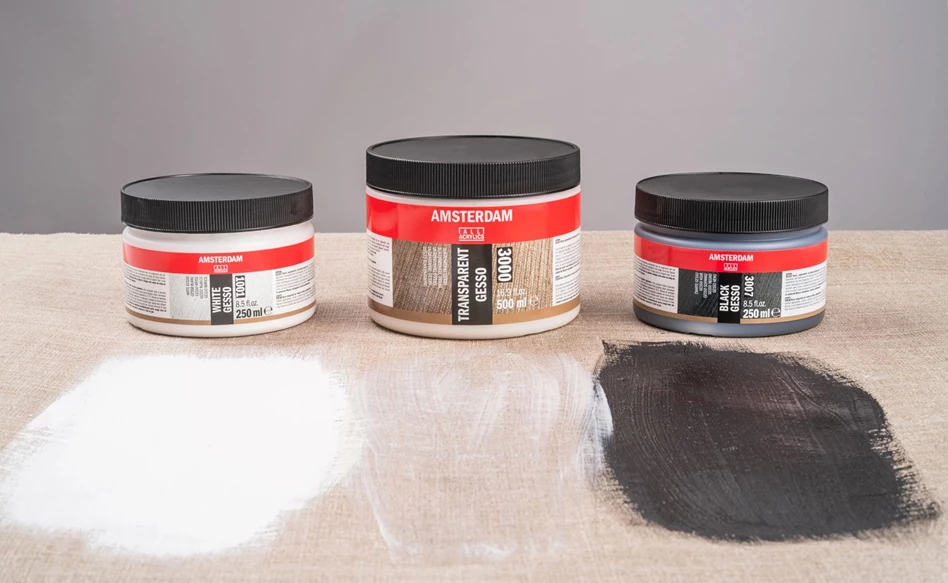
Acrylic primers
Acrylic paint is a super versatile type of paint that can be used on virtually any surface. As long as the surface is clean and slightly absorbent. If a surface you want to work on isn’t ideal for acrylic paint, however, you might want to add a primer. In this blog, we will answer some common questions about priming and prepping for acrylic paint to help you prepare for your next piece like a pro.
Do I need to prime the surface before using acrylic paint?
Whether you need to prime before using acrylic paint depends on the surface you want to work on. As mentioned above, acrylic paint can be applied to virtually any surface, as long as it’s slightly absorbent and free of dirt and grease, including but not limited to paper, cardboard, universally prepared canvases and canvas boards, unprepared canvases, stone, wood, concrete and unglazed ceramics. To prevent thinner surfaces such as cardboard and wooden panels from warping, treat both sides with a primer (acrylic binder and/or gesso).
Acrylic paint will not adhere well to smooth surfaces such as glass or plastic. Because the paint does not adhere well, it is easy to peel or scratch off during transport or use. To make sure the paint can properly adhere to the surface you’re working on, it should be free of grease and dust and slightly absorbent. If the surface is too absorbent, use acrylic binder before adding gesso. If it’s not absorbent enough, you can just use gesso.
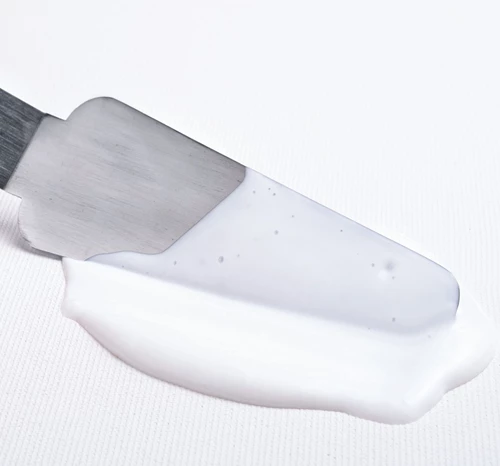
What types of primers are there?
Acrylic binder
Acrylic binder is a product with multiple purposes. You can use it as a primer for highly absorbent surfaces such as walls or cardboard. The binder acts as a barrier between the surface and your paint to prevent the paint from being absorbed into the material. It can also be used to create your own acrylic colors using pigments of your choice. This way you always know exactly what products you’re using. Acrylic binder can also be used in mixed media techniques due to its strong adhesive properties.
Gesso
Gesso helps you create the perfect base for your artwork on virtually any surface. It provides you with an absorbent surface after drying, which makes it the perfect base for not only acrylic paint, but for oil paint as well. Gesso can be thinned with water and applied either in thin layers or one thick layer to create more texture. Amsterdam offers three types of gessoes: transparent, black and white.
Because gesso is based on acrylic resin, you can easily mix it with your favorite acrylic colors to add some color to your background. To create lighter pastel colors, white gesso is the perfect mixing base. Use black gesso for rich, dark colors. If you want your color to stay virtually the same as in the tube, we recommend using our transparent gesso! You can also use transparent gesso on its own to show the surface you’re working on.
Modeling paste
Add some texture to your work while creating the perfect absorbent base for your painting. With modeling paste, you can make relief backgrounds that are suitable for acrylic and oil paints. The modeling paste can be used by itself or in combination with Amsterdam acrylic colors. You can mix the colors with the modeling paste in any ratio. The paste is pigmented with Titanium White, so your color will turn out lighter than it is in the tube.
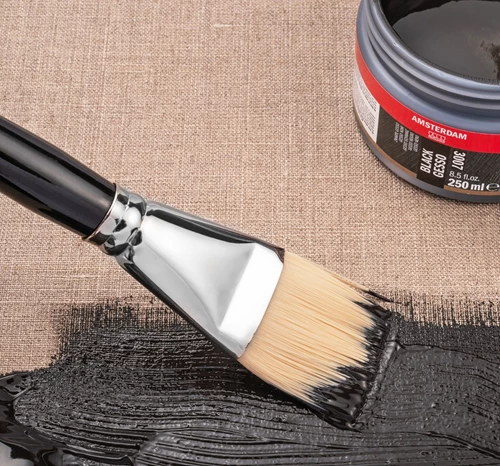
How do I prime a canvas?
Most store-bought canvasses come with a layer of gesso, so they’re universally prepared for various types of paint. These primed canvasses are a great surface to work on with acrylic paint.
A canvas that is specially prepared for oil paint, however, is usually prepared using an oil-based primer. This results in an oily layer on top, which is unsuitable for acrylic paint.
Unprepared canvases
If you’ve chosen an unprepared canvas, you should definitely prime it before painting. To prime your canvas, you need two things: an acrylic binder and gesso. Acrylic binder closes the structure of the canvas to prevent gesso and paint from seeping through. Gesso will provide you with an absorbent surface after drying, which makes it the perfect base for acrylic paint.
Start by adding a thin layer of acrylic binder using a spalter brush. Once this layer has dried completely, you can add one to three thin layers of gesso. Gesso can be thinned using a small amount of water. To add color to your background, you can add a small amount of acrylic paint.
Remove any irregularities in your gesso layers by lightly sanding the surface once it has dried completely.
Stretching your own canvas
If you’ve bought an unstretched canvas, make sure to properly stretch and attach the fabric to the frame before adding any primer. After that, you can apply acrylic binder and gesso as described in the previous paragraph.
Note: since canvasses are usually made from natural materials, the tension of your canvas can be influenced by the weather, humidity, temperature, manner of transportation and the way it’s packaged.
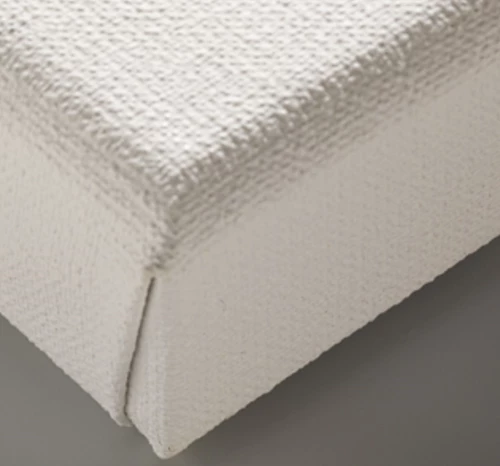
Can I use acrylic paint on a canvas that is prepared for oil paint?
No, a canvas that is specifically prepared for oil paint is primed with oil-based products, which makes it unsuitable for acrylic paint. Acrylic paint needs a grease-free, slightly absorbent base to adhere to.
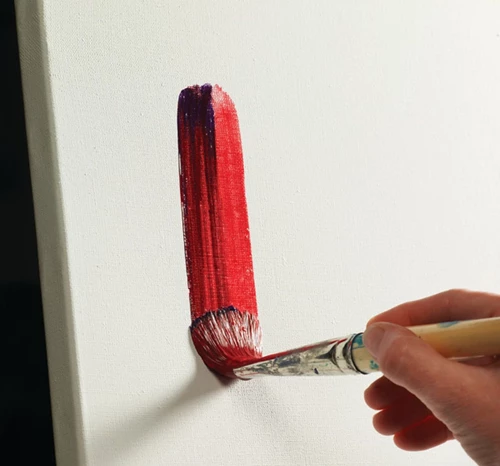
How do I add texture to my background?
If you want to work on a more textured background, Amsterdam offers a great solution: modeling paste! With Amsterdam modeling paste, you can make relief backgrounds that are suitable to work on with acrylic paints. The modeling paste can be used by itself or in combination with Amsterdam acrylic colors. You can mix the colors with the modeling paste in any ratio. Do note, however, that the paste is pigmented with Titanium White, so your color will turn out lighter!
